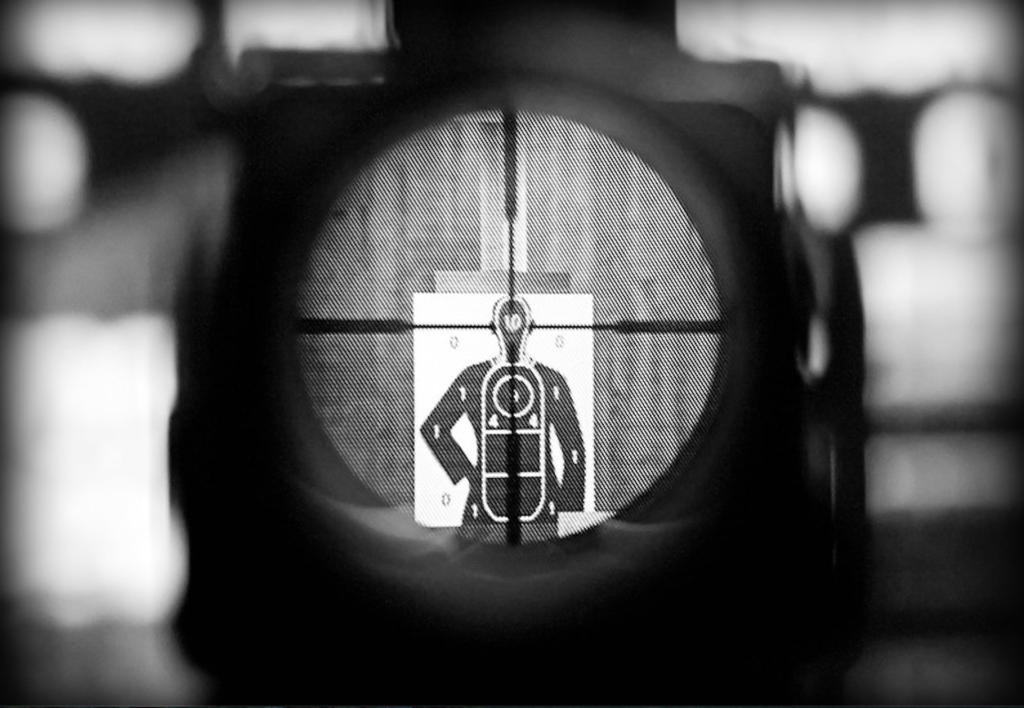An ambush is a situation where an attacker draws in their target to a pre-determined kill zone. The assailant establishes sources posing a threat to the integrity of the assault well in advance. And so, understanding how planning, preparation, and execution of an attack takes place helps to know how to respond with ambush tactics should an incident occur.
As a security professional, it’s your responsibility to do everything in your power to keep the principal safe. Employing preventative strategies for protecting clients is based on the doctrine of detecting, deterring, and defending while incorporating specific hard and soft skills and combat techniques.
For instance, taking an unplanned route is a random, spontaneous act, which may or may not be a good protective tactic. The aggressor may be thrown off by this move. But at the same time, it may offer them an attack of opportunity.
No Surprises! Anticipate, Recognize, React
Learning to think quickly and make unhesitating actions is vital. After all, trouble doesn’t just bloom out of thin air, it comes from somewhere. While getting gas, or walking through a parking lot are all routine activities, these are also the situations in which things can go wrong and quickly.
It’s this transition space where all these unknown elements can come into play rather rapidly. That’s why, many of our experts say being situationally aware, eliminating distractions, and preparation is critically important.
Reactive and Proactive Techniques
Preventing a potential attack on the target (i.e., your client) is the most important aspect for any CPO. At times, it’s necessary to provide 360-degree safe coverage around the principal at all times. Competent and well-trained security operatives seamlessly scan for threats and suspicious activity to react and counter with ambush tactics when necessary.
These form part of the reactive and proactive techniques that are instilled throughout their training.
Reactive Strategies
Evasive Actions: When faced with an unnerving situation, consider a “no approach,” or callout tactic. The most important thing is to move. A sitting duck is an easy target. Rather, employing high-speed and evasive driving techniques is a much better option. Try quickly turning down another street, into a driveway or other space that may get you out of the kill zone. If this isn’t an option, is a sidewalk drivable?
Note: Rapid and evasive driving make for a more difficult target. Slowing down, reversing, or performing a U-turn gives the suspect a chance to hit you.
Proactive Defense
Protective Intelligence: Evaluating the best choice on how to get out of the kill zone or eliminate the threat means slowing down or stopping in your tracks to think. Time and distance are almost always your friends. Furthermore, use communications and resources around you effectively to get the best possible information prior to searching for suspects or advancing on them.
Hard Skills: I.e., driving, the use of weapons, as well as defensive and come-a-long techniques help keep the agent safe when needed. Regardless, being able to gain control and stabilize your emotions allows one to approach the scene tactfully. There’s no sense in firing from a full-tilt run as it’ll make your shots inaccurate.
Countering the Surprise Factor
Initially, the attackers have superiority so the operative must rapidly change that to gain an upper hand and protect their principal. One immediate reaction drill is to counter-attack. This might defy natural instinct; however, the idea is to suppress the enemy by instilling fear in them. Remember, time is of the essence, so quick-response thinking is essential.
Furthermore, in the details of any ambush win, the reasons for the victories jump off the pages because they are virtually all alike!
Here are six common factors that help defenders gain an advantage:
1. Stealthy approach: Giving the officers the element of surprise
2. Think ambush/kill zone: Could this call be an ambush? Where would I be? How can I avoid a kill zone?
3. High alert: Attention to details (sights, sounds, etc.)
4. Instant response: No hesitation in taking aggressive action
5. Counterattack: No withdrawal or retreat – attacking forward
6. Use of force: The idea of de-escalating the situation through an overwhelming firepower
Counter-Surveillance vs Surveillance Detection
Surveillance is something EP agents use in order to collect information on persons of interest. At the same time, this act may be used against your client/asset/property as part of pre-attack planning. The enemy could be waiting for your client anywhere.
Malicious actors collate information by means of covert observation. And, while more sophisticated attackers can gather this data electronically, at a point, all attackers must employ “eyes on” the target. This means analyzing potential surveillance points looking for the likely places where the subject will be located and possible methods to use to blend in.
So, by thinking like the attacker and employing protective counter watch ambush tactics, EP security team members must occupy a position of advantage. By doing so, they might be able to watch for, identify, and address an impending ambush.
This counter-surveillance tactic can be maintained to allow for the overwatching agent to observe the avenues of approach for possible developing threats. In fact, from this advantage, the agent can warn of an impending threat, or even respond to diffuse those threats. It’s preferable for anyone engaging in overwatch to maintain a low profile.
Never Completely Safe
The idea of complete safety is an illusion. You can be safer in most situations, but it’s not possible to one percent guarantee safety and security. You can’t change the world, only your reaction to it. That’s why preparation is critical.
Every situation has a before, during, and after. Preparing for the worst-case scenario – an ambush means using pre-attack recognition skills and ambush tactics to avoid being caught by surprise. In the end, you save yourself and your client.
Awareness on the part of the operative helps to efficiently counter the assailant’s ambush cycle. After all, security professionals must use all the tools available to them to protect the principal.






